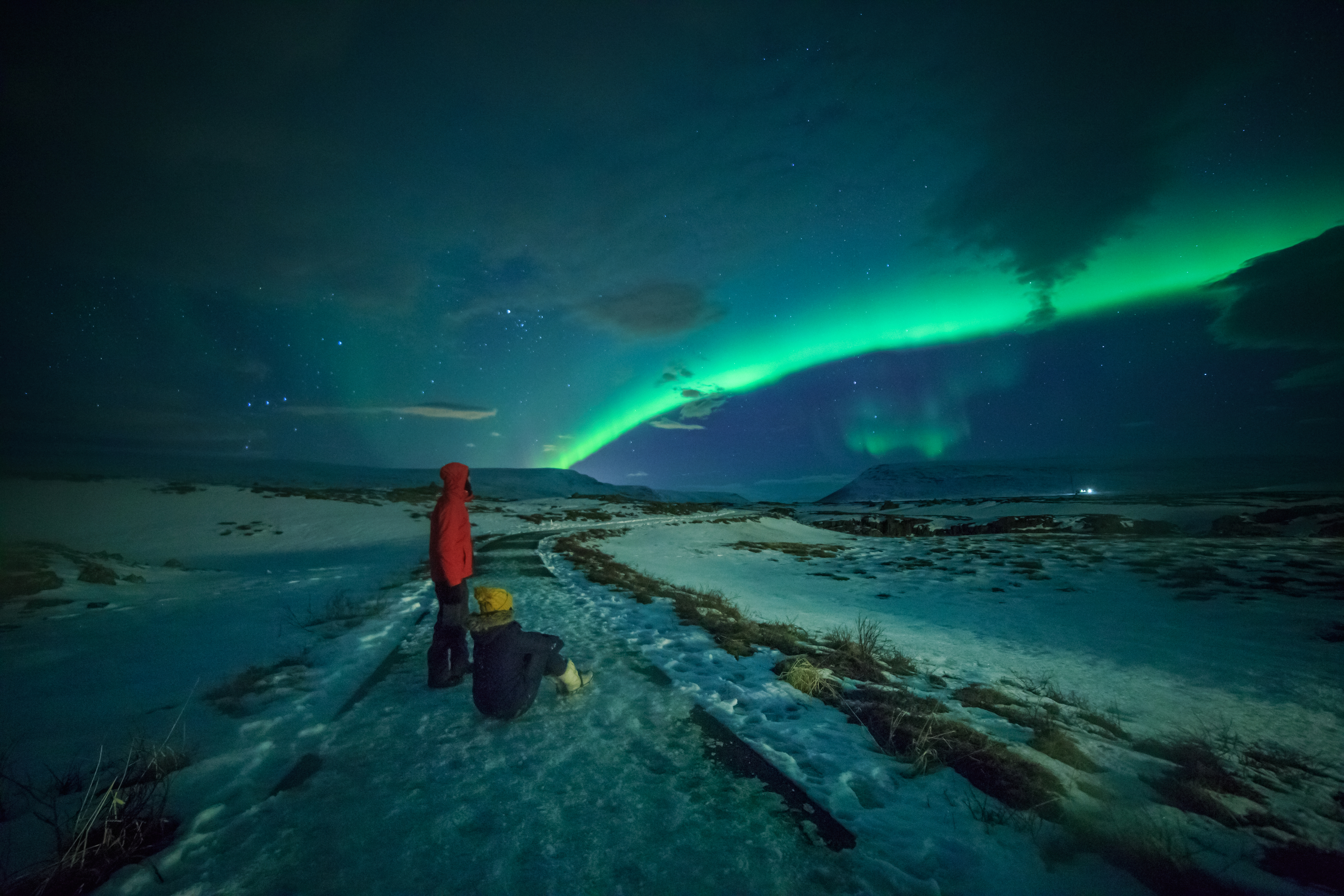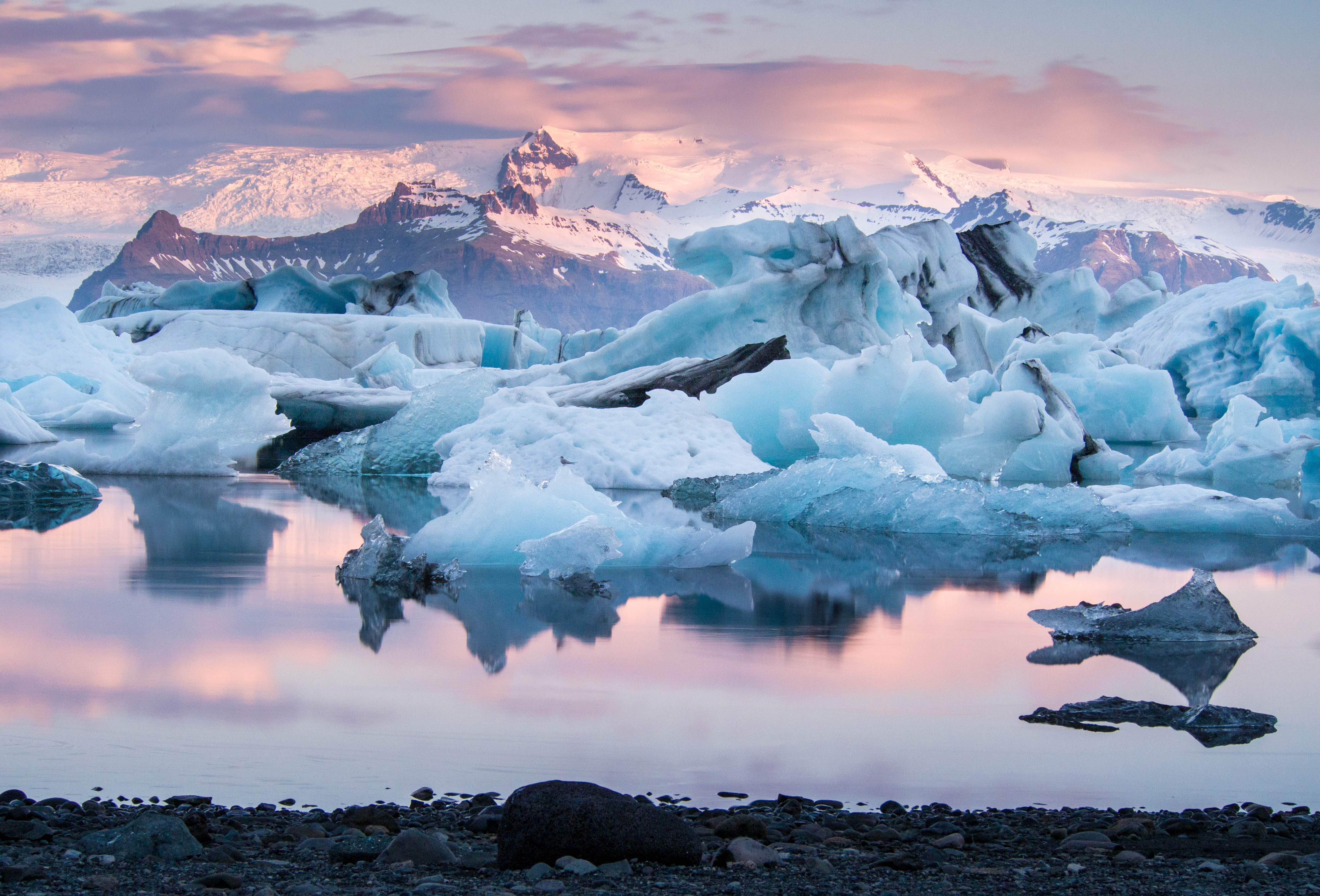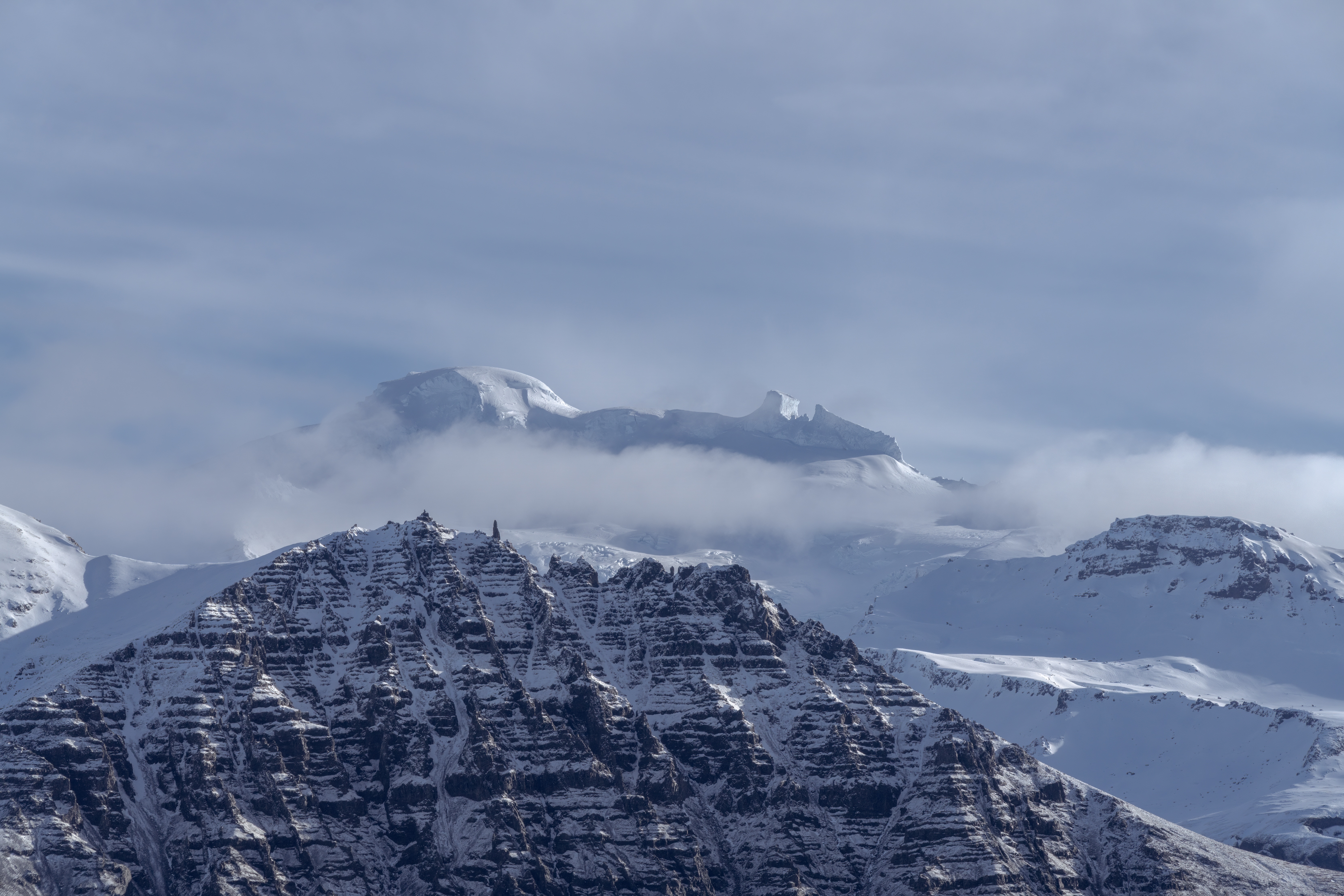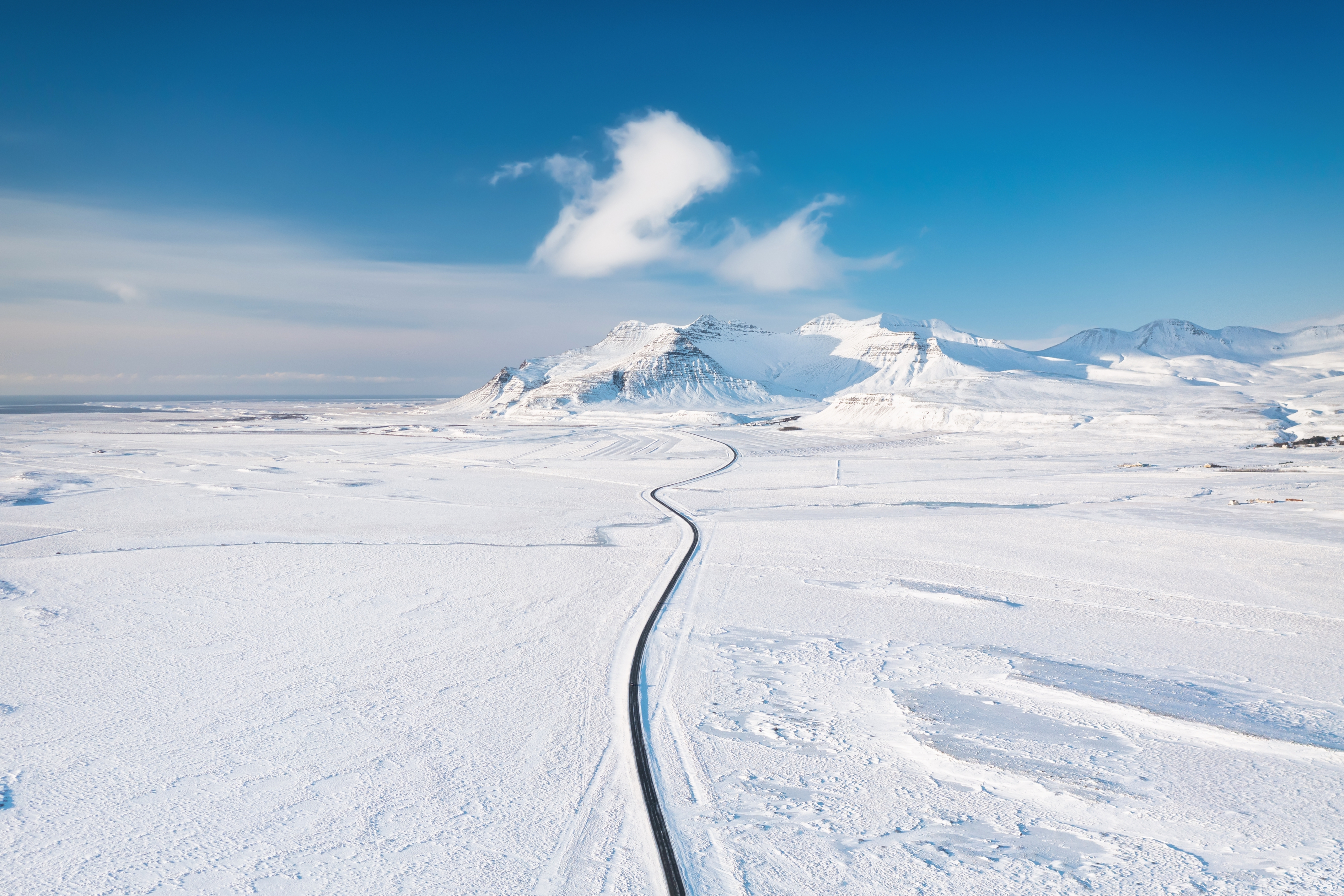Discover the Best Time to Travel to Iceland: A Detailed Guide
Iceland, with its dramatic weather and ever-changing seasons, offers a diverse range of experiences throughout the year. Each month presents a unique opportunity to explore its landscapes, from the ethereal Northern Lights in winter to the endless daylight of summer. Understanding the best times to visit can enhance your Icelandic adventure, ensuring you catch the sights and experiences that matter most to you.
Why Guided Tours Are Best for Iceland
Guided tours are essential for exploring Iceland's stunning landscapes and unique attractions safely. Iceland's terrain can be challenging and its weather unpredictable, making self-guided trips potentially dangerous. With expert guides, you'll gain valuable insights into the history, geology, and culture of the island while navigating safely through difficult conditions.
One of the significant risks of venturing out alone is the possibility of getting stranded or lost in remote areas. Without a guide, you might find yourself unprepared for sudden weather changes or unable to navigate the rugged terrain. This can lead to life-threatening situations, especially in harsh winter conditions or when attempting to explore glaciers and volcanic areas. For example, temperatures in Iceland can drop to as low as -30°C (-22°F) in winter, and wind speeds can reach up to 60 mph, making it extremely dangerous to be exposed without proper guidance and equipment.
Getting a guide is not enough; it is important that you book a reliable guide who is certified and experienced in the local challenges. Finding a good guide can be a daunting task. Unfortunately, some guides use fake reviews to appear more competent than they are, making it difficult to identify truly skilled and trustworthy professionals. There have been unfortunate instances where guides have bailed on tourists, leaving them in precarious situations. This can lead to severe consequences, such as exposure to extreme cold, dehydration, and even hypothermia. A reliable guided tour ensures that you are never left to face these dangers alone. Reputable tour companies prioritize your safety and are equipped to handle emergencies, ensuring a secure and enjoyable experience.
In addition to safety, guided tours provide access to exclusive locations and personalized experiences that you might miss on your own. Local guides know the best spots for witnessing phenomena like the Northern Lights or discovering secluded hot springs, enhancing your Icelandic adventure.
For a seamless, enriching, and safe trip, opt for highly rated expeditions by comparing them on Expedreview.
Best Months to Visit Iceland
Determining the optimal time to visit Iceland depends largely on your interests and preferred travel conditions. With over two million visitors annually, Iceland sees peak tourist activity during the summer months of June, July, and August. These months boast long daylight hours and milder weather, perfect for exploring popular routes like the Golden Circle and the South Coast. For a quieter experience with still-pleasant weather, consider visiting in May or September.
Of course, there is still plenty to do in Iceland during the cold, winter months. Between the end of September and mid-March, you have a chance of spotting the Northern Lights – something which draws travelers during the months of long nights. Another popular pastime is embracing the Icelandic outdoor bathing culture at the Blue Lagoon, Sky Lagoon, or any of the heated swimming pools and natural geothermal pools. These baths and swimming pools are open year-round, and swimming in winter in Iceland has a particular allure as the snow falls above you and the water is heated by natural geothermal springs. It’s worth noting that some of the out-of-the-way hot springs become inaccessible in winter due to snow.
Winter: The Darkest Months
From December to January, Iceland experiences its darkest period with minimal daylight, making it an ideal time for Northern Lights enthusiasts. The long nights increase your chances of witnessing this spectacular natural phenomenon away from city light pollution. Despite potentially harsh weather, activities like geothermal bathing and exploring ice caves remain popular, offering unique winter experiences.
In December and January, the sun barely lifts above the horizon, and Reykjavik sees around four hours of daylight a day. Usually, the shortest day of the year (the winter solstice) takes place on the 21st of December, and on this day, the northern part of the island only sees around two hours of daylight. Since the Viking age, the Icelandic people have celebrated the winter solstice with bonfires and a feast.

February to April: Months of Long Shadows
During these months, Iceland remains in a state of perpetual sunrise and sunset, casting a golden hue over its landscapes. This period attracts photographers seeking unique lighting conditions and those interested in cultural experiences like Icelandic traditions and indoor activities. It’s also prime time for ice cave tours, providing access to natural formations like Langjökull's ice cave.
From February to April, the sun never reaches its peak in the sky, hanging just above the horizon throughout the daylight hours. It feels as though Iceland is in a constant state of sunrise and sunset during these months, with shadows stretching long across the landscape and everything tinged slightly golden. As a result, February, March, and early April tend to attract photographers to capture this unique glow to the scenery.

Summer in Iceland: May to August
Summer in Iceland, from May to August, offers extended daylight hours, culminating in the phenomenon of the midnight sun in June. This season is ideal for outdoor activities like hiking in the highlands and summiting Hvannadalshnúkur, Iceland’s highest peak. The accessibility of remote areas and the vibrant outdoor bathing culture make summer the peak time for adventurous pursuits.
Between the months of May and August, summer sweeps over this small island nation. Hours of daylight stretch long into the night and, in June, there is a chance of catching the midnight sun in Iceland – 24 hours of daylight when the sun doesn’t dip below the horizon at any point. The summer solstice (longest day of the year) usually takes place on the 21st of June.

The Dynamic Season of Autumn: September to November
Autumn brings a change in Iceland’s landscape, with shorter days and stunning golden light. This period is favored by photographers for its dramatic skies and potential Northern Lights sightings. Adventurers can enjoy activities like snowmobiling on glaciers as winter approaches, taking advantage of the transitional weather conditions.
From September until November, you’ll notice the days getting darker earlier. Iceland’s landscape changes color from verdant green to hues of chestnut-brown and patches of ice and snow. Like the spring months, autumn in Iceland sees the light change completely with everything tinged in a faint golden glow as the sun is constantly low in the sky. The weather can change in an instant, adding a touch of drama to any trip to Iceland during these months.

Climate Overview by Month
Iceland's climate blends tundra and subarctic conditions, despite its location just south of the Arctic Circle. The island benefits from milder temperatures than expected for its latitude, largely due to the Irminger Current. Originating from the Caribbean, this branch of the North Atlantic Current brings relatively warm waters northwestward towards Iceland.
Year-round, Iceland enjoys generally stable weather with cool summers and mild winters, and extreme temperatures are rare. The most significant temperature differences occur between coastal areas and the highlands.
Winter temperatures average:
- 0 °C (32 °F) along the coast
- -10 °C (14 °F) in the highlands
Summer temperatures range between:
- 10-13 °C (50-55 °F), both along the coast and in the highlands
Occasionally, extremes occur. For example, in 1918, Iceland experienced the "Great Frost Winter," with temperatures dropping to -38°C (-36.4°F). Conversely, the highest recorded temperature of 30.5°C (86.9°F) was noted in 1939. Such extremes are uncommon, and Iceland typically maintains stable temperatures with minimal fluctuations.
Understanding these seasonal variations can help plan your visit:
- January: Coldest month, with highs around 2°C (35.6°F) and lows reaching -2°C (28.4°F).
- July: Warmest month, with average highs of 14°C (57.2°F) and lows around 9°C (48.2°F).
The best time to visit Iceland depends on your interests. Some regions are inaccessible during winter, making hiking ideal from June to September. Ice caves can be visited year-round, but natural caves are safest between October and March due to glacial melt. For viewing the Northern Lights, the winter months, particularly December and January, offer the best opportunities. Reykjavik Excursions offers tours throughout the year, ensuring there's always something to explore regardless of when you visit this small island nation.
Specialized Tours and Activities by Season
- Northern Lights: Best viewed during winter months, particularly December and January.
- Snowmobiling: Available year-round on glaciers like Mýrdalsjökull and Langjökull, with combined ice cave tours recommended from October to March.
- Ice Caves: Natural ice caves accessible from October to March, offering vibrant blue hues and unique geological formations.
- Glacier Tours: Ideal in summer for hiking and year-round for glacier walks, providing awe-inspiring landscapes and opportunities for combined adventures.
- Hiking: Best enjoyed in summer months like June to September, offering diverse trails and challenging climbs like Hvannadalshnúkur.
- Golden Circle Tours: Popular year-round, with spring and fall offering fewer crowds and comfortable temperatures for exploring iconic landmarks.
Conclusion
No matter when you choose to visit Iceland, each season offers its own distinct charm and activities. Whether you seek the luminous Northern Lights, the endless daylight of summer, or the golden hues of autumn, Iceland promises a memorable adventure. Plan your trip based on your interests and desired experiences to make the most of this captivating destination.